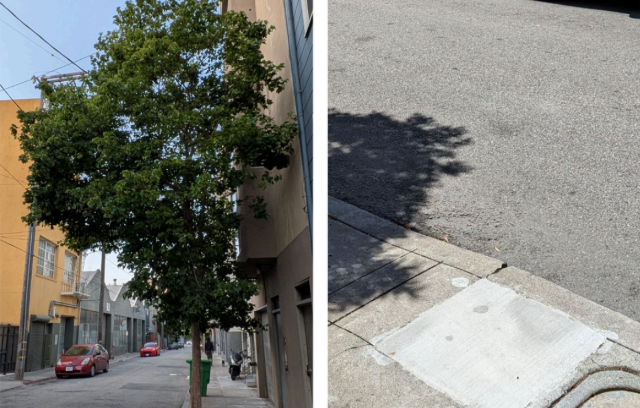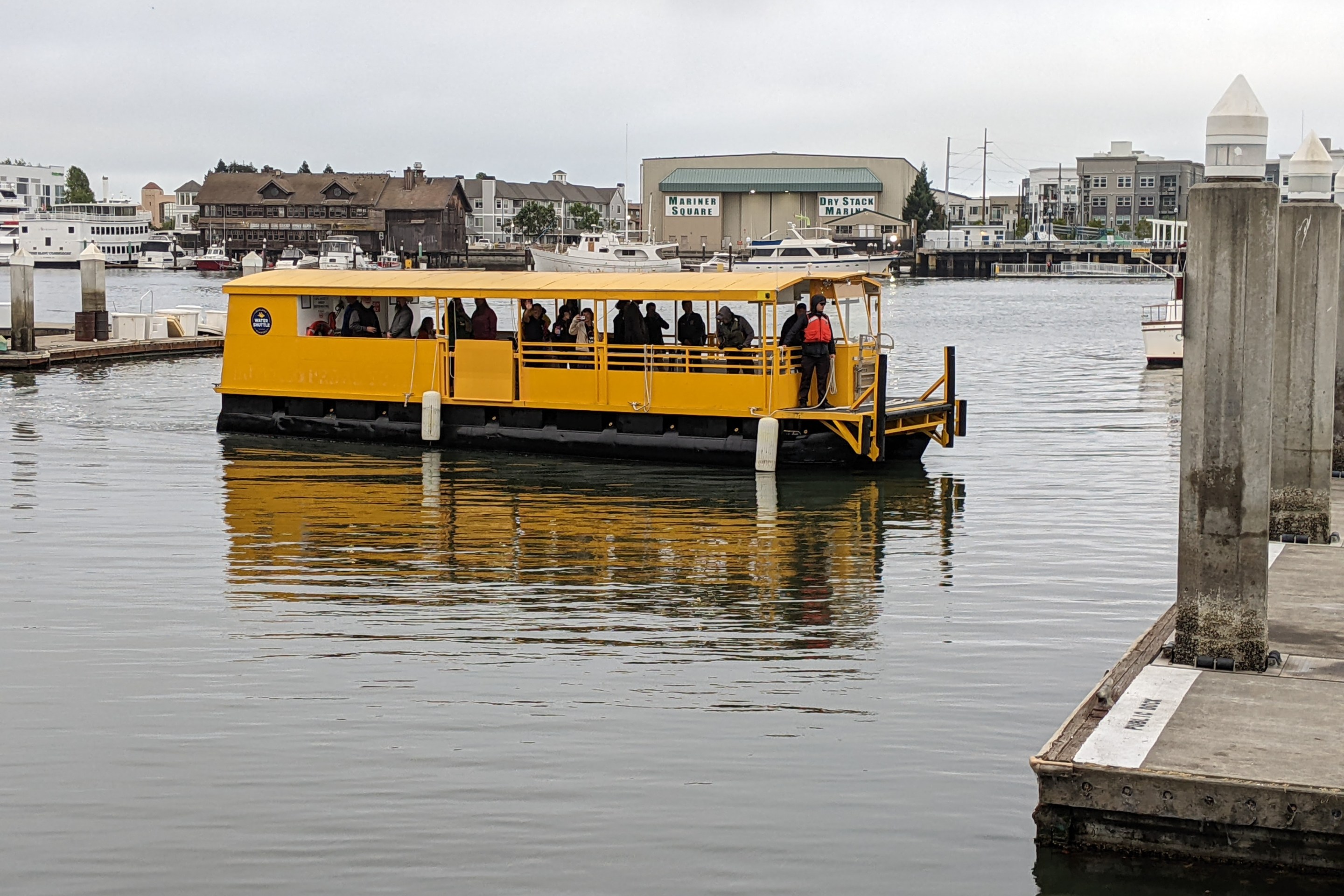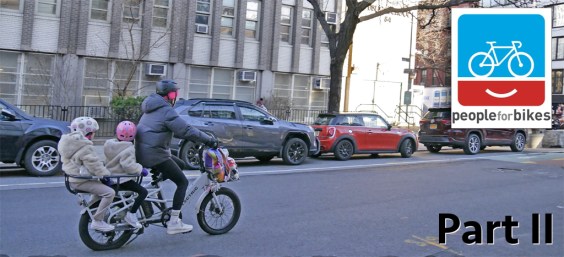
The lack of good data on walking and biking is a big problem. Advocates say current metrics yield a spotty and incomplete picture of how much, where, and why Americans walk and bike. The U.S. Census only tells us about commuting -- a fairly small share of total trips. The more detailed National Household Transportation Survey comes with its own drawbacks: It's conducted infrequently and doesn't provide useful data at a local scale.
Without a good sense of people's active transportation habits, it's hard to draw confident conclusions not only about walking and biking rates, but also about safety and other critical indicators that can guide successful policy at the local level. A new program from the Federal Highway Administration aims to help fill the gap.
U.S. DOT announced today that FHWA will help local transportation planners gather more sophisticated data on walking and biking. The agency has selected metropolitan planning organizations (MPOs) in 10 regions -- Providence, Buffalo, Richmond, Puerto Rico, Palm Beach, Fresno, Indianapolis, Cincinnati, Milwaukee and Memphis -- to lead its new “Bicycle-Pedestrian Count Technology Pilot Program.”
FHWA says the program will provide funding for equipment to measure biking and walking trips. Writing on U.S. DOT's Fast Lane blog, FHWA Deputy Administrator Gregory Nadeau adds that "each MPO will receive technical assistance in the process of setting up the counters; uploading, downloading and analyzing the data; and --most importantly-- using the data to improve the planning process in their community."
The first counts will be available in December. Following the initial pilot, a second round of regions may be chosen to participate, Nadeau writes.
This would be an enormous improvement over what they do in Cleveland, where I live, as well as many other regions: recruit volunteers to stand at intersections with clipboards once a year and count cyclists by hand.





